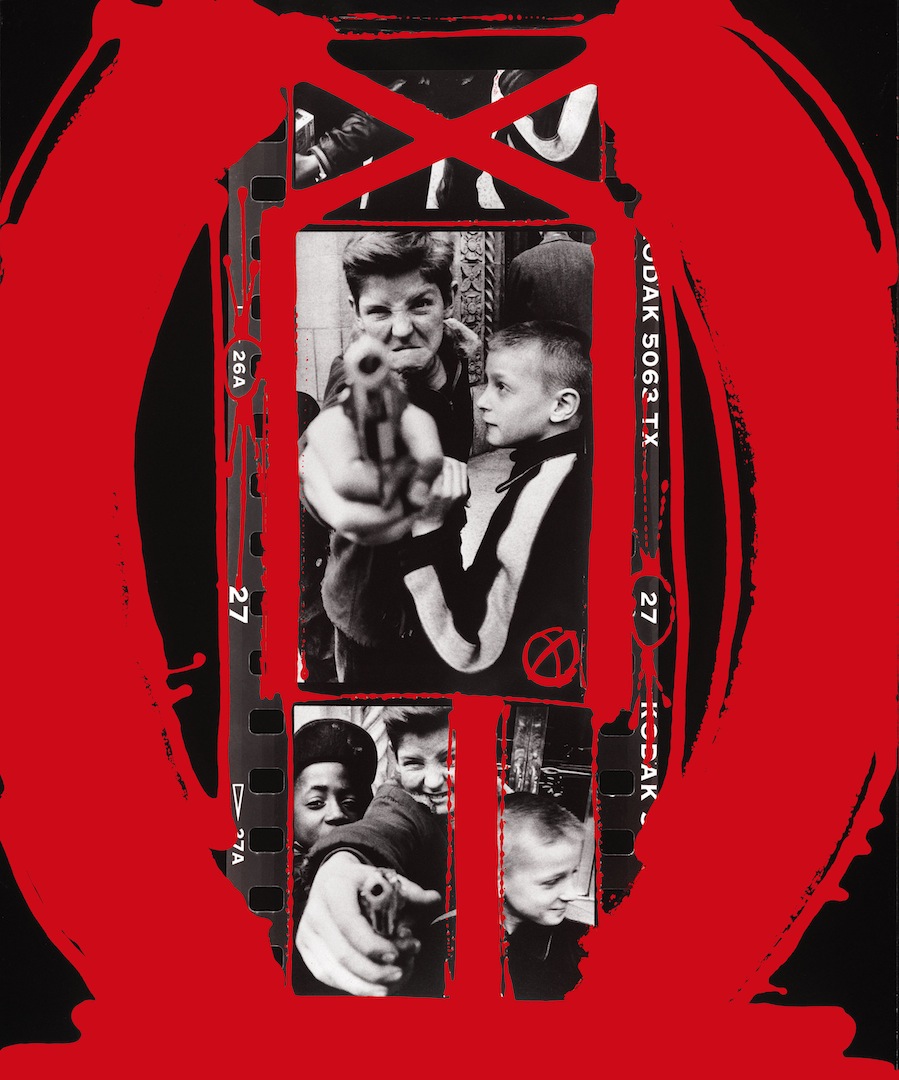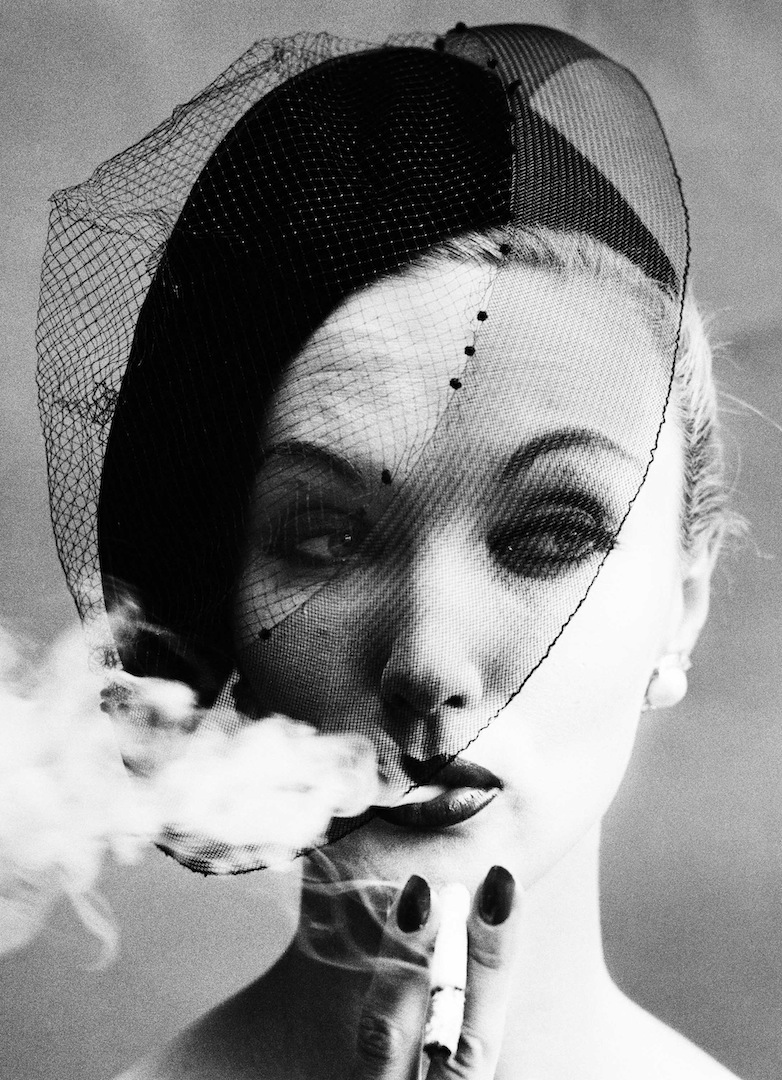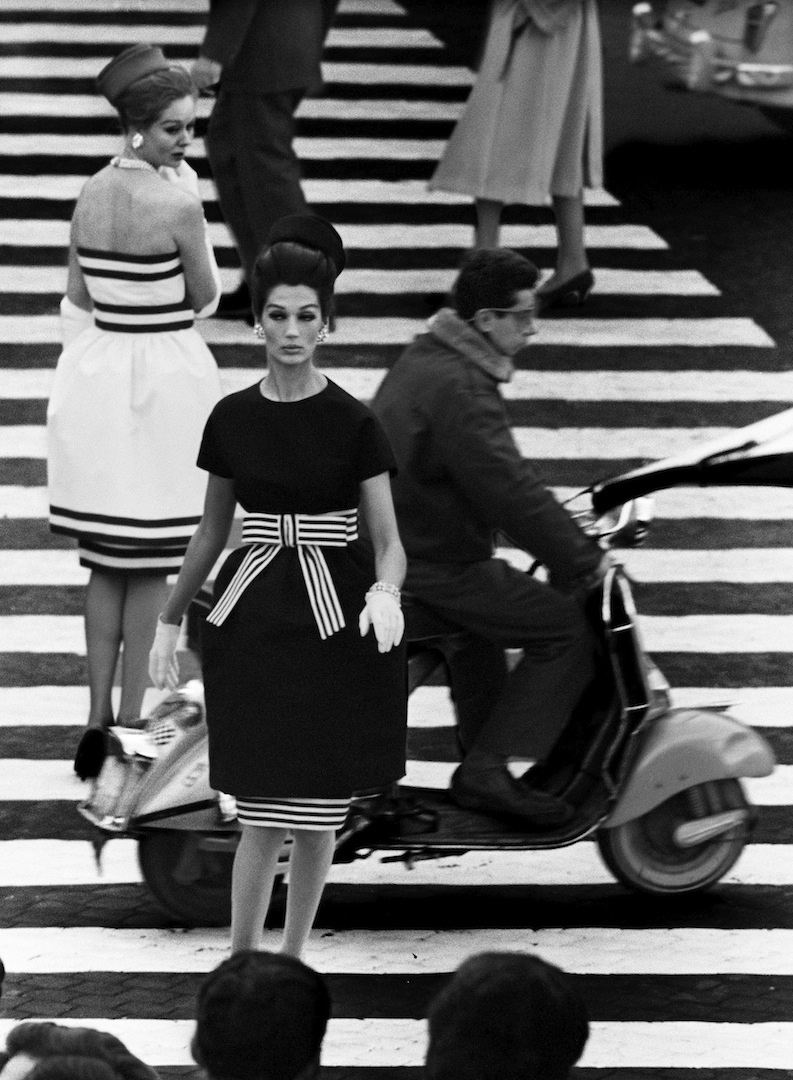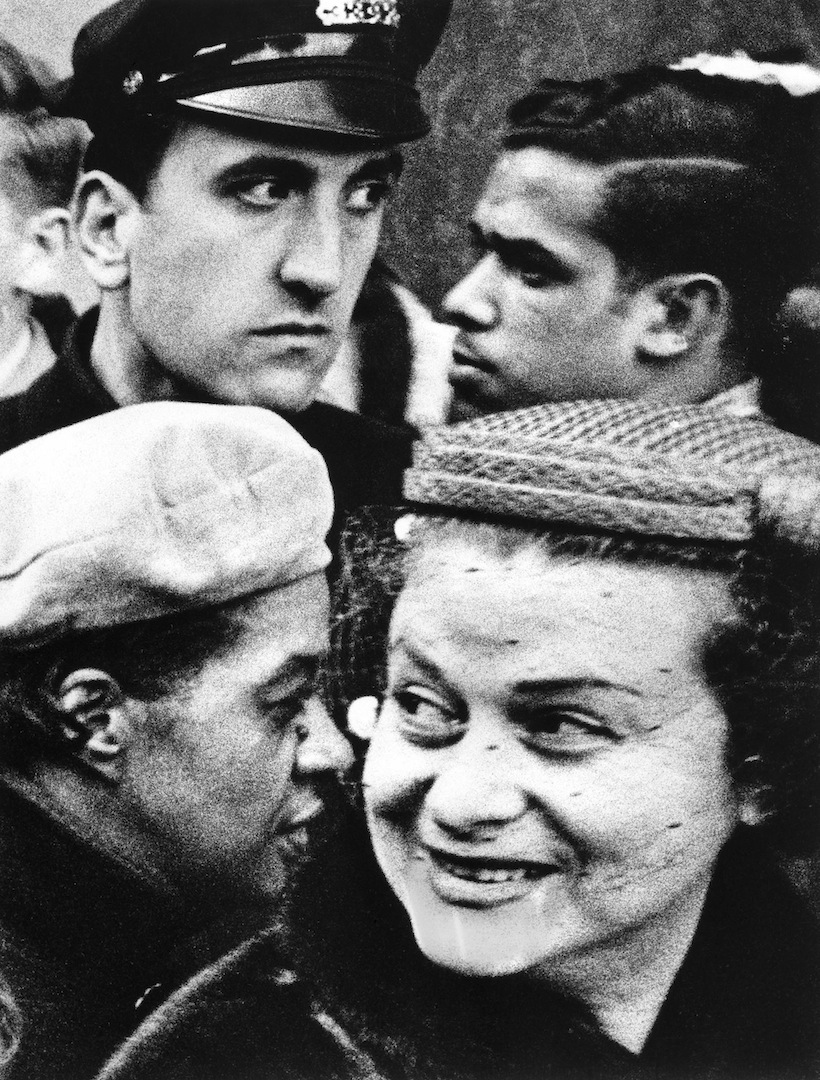AMSTERDAM. Fino al 12 marzo chi è nei pressi di Amsterdam non può perdersi la personale di William Klein al Foam che dedica alla vita e all’opera di questo leggendario fotografo, cineasta e designer un’omonima e interessante mostra.

La carriera di William Klein (1928) prosegue da più di 60 anni e il suo lavoro ha influenzato la fotografia nella seconda metà del ventesimo secolo. La mostra del Foam dà ampio spazio ai primi lavori di Klein (a New York nel 1950), gli scatti più astratti, i progetti più recenti a Roma , Mosca e Tokyo e gli scatti di moda per Vogue. Klein del resto è stato un grande innovatore nel campo della fotografia di moda seppur i suoi lavori spazino in più settori e Klein abbia prodotto anche per il cinema. E a tal proposito, una bella selezione di lungometraggi e documentari saranno mostrati in uno spazio della biblioteca di Foam.

Per capire il personaggio, basti pensare che nel 1956 William Klein rivoluzionò le convenzioni fotografiche del suo tempo con il suo libro “Life is Good & Good for You in New York – Trance Witness Revels” rivelando una nuova immagine dell’America, diversa da come voleva apparire. Tra il 1956 e il 1964, poi, William Klein ha prodotto altri quattro libri sulle città di New York, Roma, Mosca e Tokyo mostrando il lato spietato della realtà e suscitando reazioni per la situazione sociale ed economica del tempo. Questi libri, in particolare in quello di New York, hanno avuto un’influenza senza precedenti sulle successive generazioni di fotografi e designer di libri fotografici.

Negli anni successivi alla seconda guerra mondiale, William Klein si unì alle forze alleate in Europa. Dopo aver finito il suo servizio, nel 1948, si stabilì a Parigi studiando al fianco di Fernand Leger. Qui ha poi incontrato Alexander Liberman, il leggendario art director della rivista Vogue America dove presto andò a lavorare per il settore della fotografia di moda. Un lavoro innovativo e controverso che lo ha consacrato rendendolo una delle pietre miliari della fotografia di moda. L’innovazione è stata una parola chiave anche nella sua incursione nel campo del cinema. Dal 1960, infatti, ha realizzato numerosi film e documentari (Who Are You, Polly Magoo, Cassius the Great, Mr. Freedom, Le Couple Témoin) e più di 250 spot pubblicitari ricevendo una serie di prestigiosi riconoscimenti tra cui Prix Nadar, the Hasselblad Award e il Sony World Photography Awards.
I lavori di William Klein, inoltre, sono stati esposti in numerosi musei e gallerie in tutto il mondo, come in Italia, Francia, Russia, Spagna, Germania e una mostra retrospettiva della sua opera è stata in mostra al Tate Museum di Londra. Durante la sua carriera, lunga ed estremamente produttiva, William Klein è sempre rimasto lo stesso uomo: indipendente, anticonformista, enigmatico mettendo in ogni cosa un eccezionale talento.
Info: Foam

English version.
Foam finishes 2013 with a unique retrospective exhibition of the work of William Klein. The entire museum will be dedicated to the life and work of this legendary photographer, filmmaker and designer. The career of William Klein (b. 1928) spans more than sixty years. His work had an immense influence on photography during the second half of the twentieth century. The exhibition gives ample coverage to Klein’s ground-breaking work in New York in the 1950s while also displaying work made in Rome, Moscow and Tokyo. His work for Vogue shows Klein was a great innovator in the field of fashion photography. In addition to his early experiments with abstract photography, his large-scale, painted-on contact prints that he’s been creating in more recent years will also be on view in Foam. A selection of Klein’s feature films and documentaries will be shown in Foam’s 3h library space. This exceptional William Klein retrospective exhibition has been curated by Foam and can be seen exclusively in Amsterdam.
In 1956, William Klein turned the photographic conventions of his day upside-down with his book Life is Good & Good for You in New York – Trance Witness Revels. He revealed a society that didn’t match America’s image of itself. The controversial book was revolutionary, its photography as well as its subject matter, and over the years it’s never lost its power. Between 1956 and 1964, in a period of eight years, William Klein produced four city books that completely unsettled the still-young photographic traditions. New York, Rome, Moscow and Tokyo are filled with grainy, brusque photos which depict the four cities in a way that had never been seen before. His images of life in these cities have a ruthless realism and at the same time visually reverberate the psychological, social and economic mood of that time. These books, and New York in particular, has had an unprecedented influence on subsequent generations of photographers and designers of photo books.
In the years following the Second World War, William Klein joined the Allied Forces in Europe. After he finished his service in 1948 he settled in Paris, where he studied with Fernand Leger. He later met Alexander Liberman, the legendary art director of the American magazine Vogue. Via Libermann, Klein went to work for Vogue and earned a name for himself with his ambivalent and ironic view of the fashion world. Much of this work was just as ground-breaking and controversial as his so-called independent work, which he was doing at the same time, and is now considered one of the milestones of fashion photography.
William Klein has also been extremely innovative and influential in the field of film. Since the 1960s he has made many feature films and documentaries, such as Who Are You, Polly Magoo, Cassius the Great, Mr. Freedom and Le Couple Témoin. He also has directed more than 250 commercials. Klein has received a number of prestigious awards for his work, including the Prix Nadar, the Hasselblad Award and last year the Outstanding Contribution to Photography Award in the annual Sony World Photography Awards. William Klein’s work has been exhibited in numerous museums and galleries worldwide, such as in Italy, France, Russia, Spain and Germany. A retrospective exhibition of his work was on show at the Tate Museum in London until the beginning of this year.
Throughout his long and extremely productive career, William Klein has always remained his own man: independent, unconventional, enigmatic and contrary, but in everything exceptionally talented.

